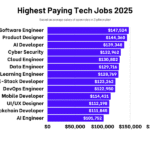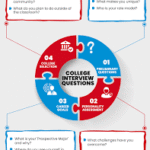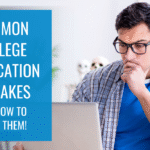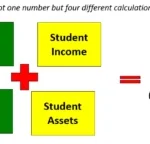Remote learning, once seen as a temporary solution during the COVID-19 crisis, has now become a lasting part of the American education system. As schools embrace digital tools and flexible learning formats, remote education continues to grow and evolve.
Whether it’s a hybrid setup or fully virtual schooling, remote learning is shaping the future of how students learn across the United States. Here’s a look at the most important trends currently driving this transformation.
Hybrid Learning Is Here to Stay

One major shift in U.S. schools is the hybrid learning model, where students divide their time between physical classrooms and online learning platforms.
Many schools are offering options like
- Attending classes on-campus part-time
- Completing coursework remotely from home
- Joining virtual sessions when absent due to illness or travel
This model offers flexibility and convenience while still maintaining student-teacher interaction, making it a popular choice for both schools and families.
More Focus on Individualized Learning
Remote education is no longer a one-size-fits-all experience. With the rise of smart learning platforms like Google Classroom, Canvas, and Schoology, schools are tailoring lessons to match each student’s learning pace and needs.
Teachers can now:
- Monitor student performance in real-time
- Recommend specific resources or exercises
- Offer additional help to those falling behind
The result? A more personalized, effective, and engaging learning experience for students of all levels.
Learning on Mobile Devices
As smartphones become more accessible than laptops, mobile learning is gaining momentum. Students can now use phones and tablets to:
- Watch lectures
- Complete assignments
- Interact in classroom discussions
Apps like Khan Academy, Remind, and Seesaw are making it easier than ever for students to learn on the go whether they’re at home, on a bus, or at the park.
Full-Time Virtual Schools
The pandemic introduced many families to online schooling and some decided to stick with it. A growing number of students are now enrolled in fully virtual schools such as:
- Connections Academy
- K12 Online School
- Florida Virtual School
These programs offer certified teachers, structured curriculums, and flexibility for families who prefer learning from home full-time.
More Access to College and Career Courses
Remote learning is giving high school students more opportunities to explore future careers or earn college credits. Through online partnerships and dual-enrollment programs, students can now:
- Take college-level classes
- Learn job-ready skills like programming, design, or business
- Explore professional fields while still in high school
This early exposure helps students prepare for the next step whether that’s higher education or the job market.
Teachers Getting Tech-Savvy
Teaching remotely requires new skills. That’s why schools are investing in professional development programs to help teachers:
- Manage virtual classrooms
- Use educational software effectively
- Design interactive and engaging lessons online
As teachers become more comfortable with digital tools, the quality of remote instruction continues to improve.
Bridging the Technology Gap
One of the biggest challenges in remote learning is access to technology. Not every student has a reliable device or high-speed internet. To close this gap, schools are:
- Handing out laptops or tablets
- Providing mobile Wi-Fi hotspots
- Partnering with internet providers for discounted services
These efforts aim to ensure all students can participate in remote learning, no matter their financial background or location.
Supporting Students’ Mental Health
Learning from home can be isolating, especially for younger students. To address this, schools are prioritizing student well-being by offering:
- Virtual counseling sessions
- Mental health check-ins
- Online programs for emotional support and social skills
This focus on mental wellness is crucial in helping students stay motivated and feel connected.
Looking Ahead
Remote learning is no longer just a backup plan — it’s becoming an essential part of modern education in the U.S. As technology continues to advance, we can expect:
- More use of virtual reality and gamified learning
- Smarter platforms that adapt to each learner
- A stronger emphasis on flexibility and accessibility
In the end, it’s not about replacing classrooms it’s about creating more choices for students and families. Whether learning happens at home, in school, or both, the goal remains the same: empowering every student to succeed.










